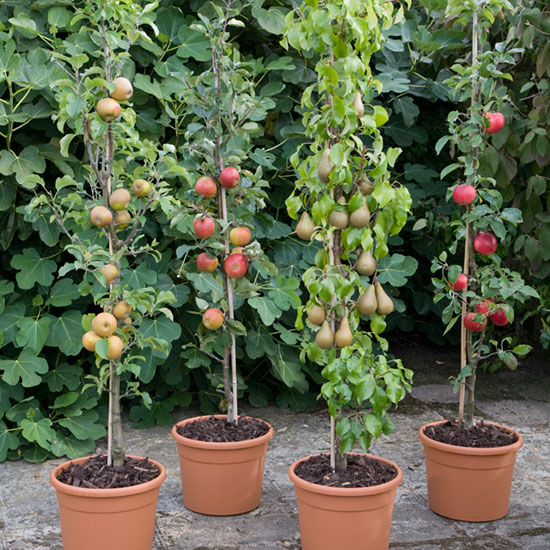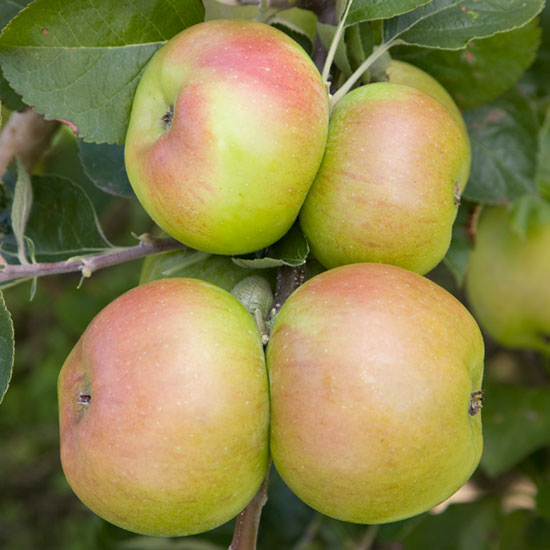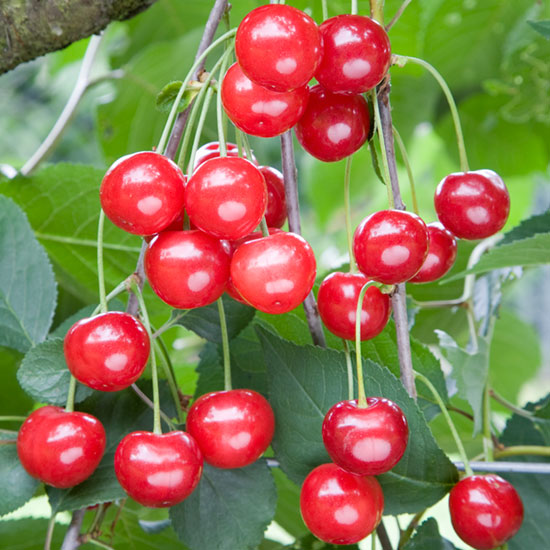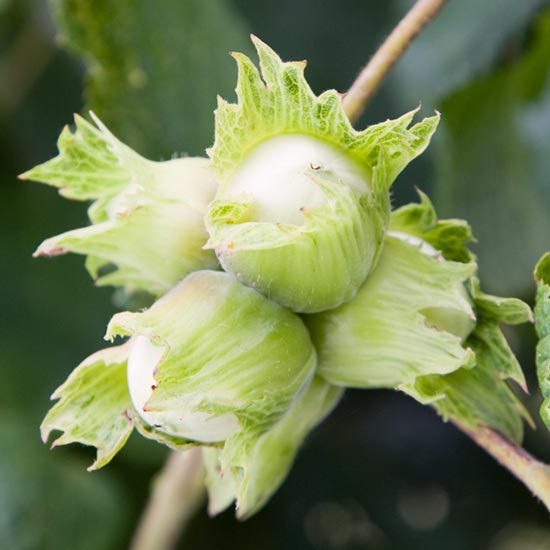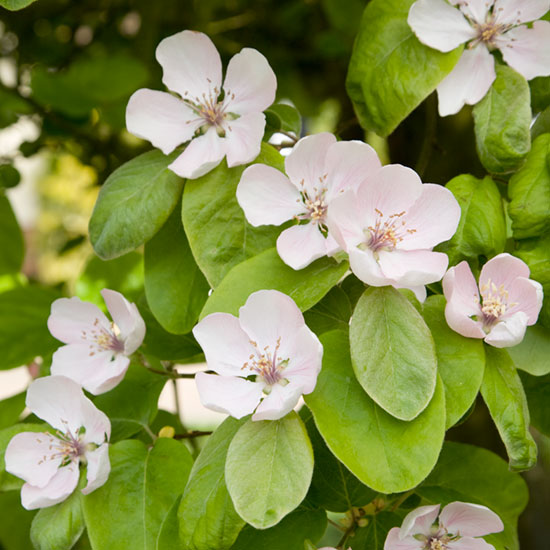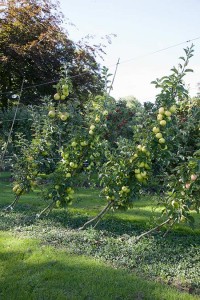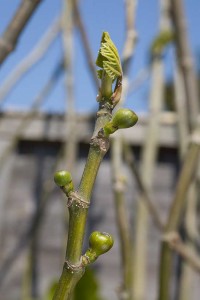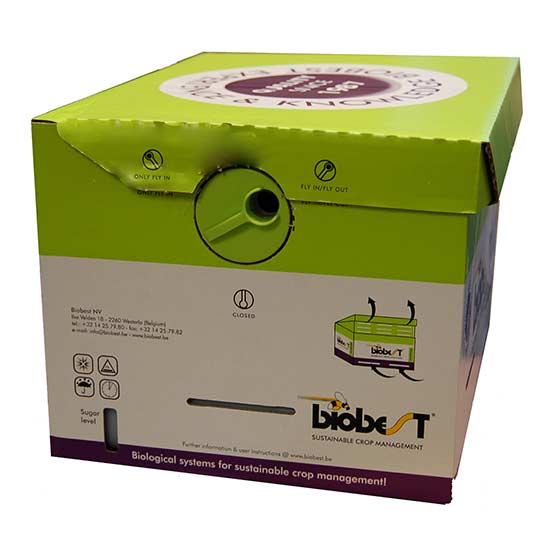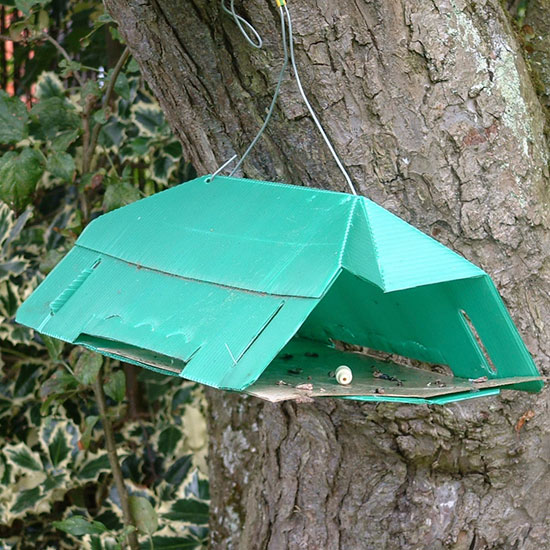Potting Up & Re-potting Fruit Trees & Soft Fruits
It is quite possible to grow most fruit trees and soft fruit plants in containers; however to do this you do need to carefully prepare in the same way that you would prepare the open ground before planting out. Unfortunately many people acquire a tree or plant and then just shove it in a pot or container without any thought and that usually ends up with the poor thing hardly surviving or perhaps dying. Continue reading

